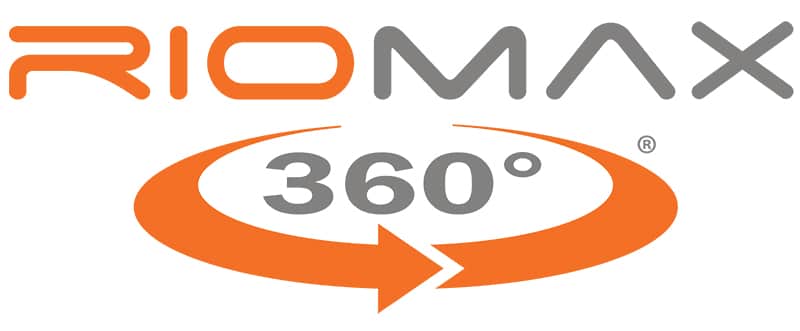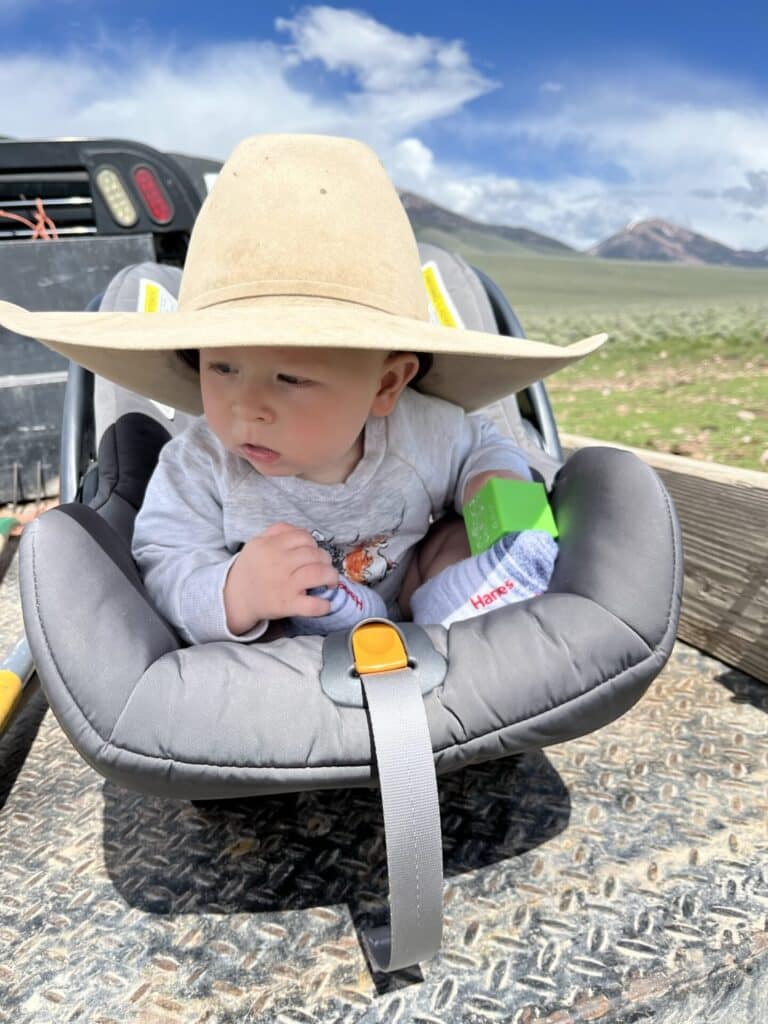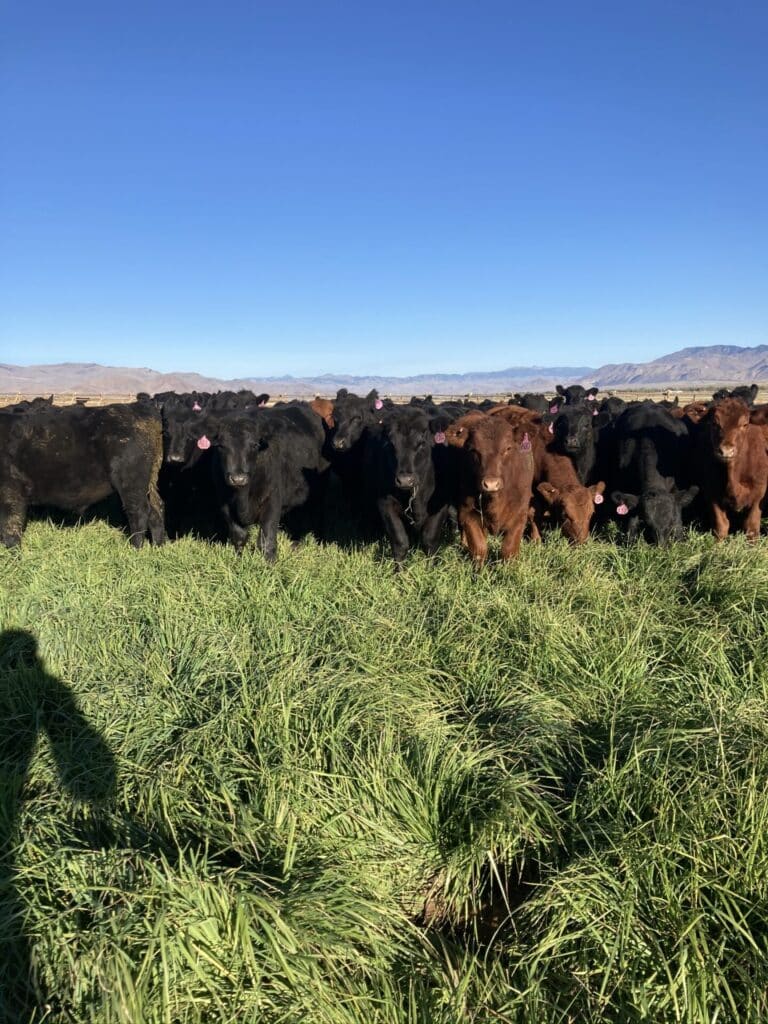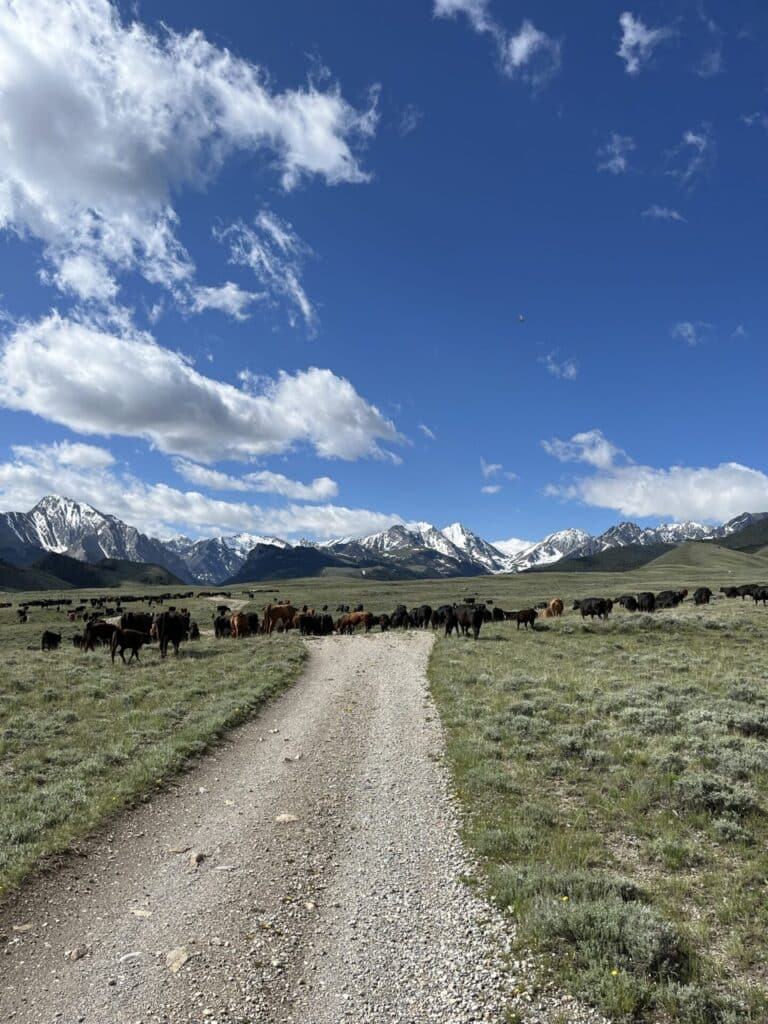Starting Young, Taking Advantage of Opportunities
Cody Morgan didn’t grow up on a ranch. That didn’t stop him from becoming a young ranch owner.
MEET Cody Morgan
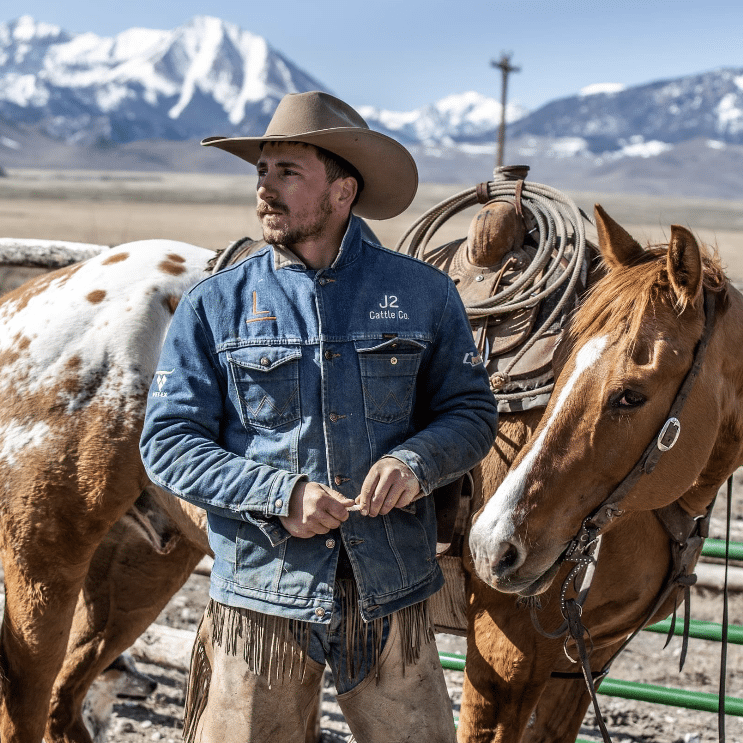
May, ID
Cody Morgan was born to be a rancher. Trouble is, he wasn’t born on a ranch.
That minor impediment proved to be no problem. Cody Morgan set his mind to become a rancher. And he did.
It’s not that he didn’t grow up close to ranching. He grew up in Mackay, Idaho, with parents whose work sometimes found them working with the ranchers in the area whose economic impact largely kept the small town alive. His father worked for the Forest Service and his mother was a range conservationist with the Bureau of Land Management (BLM).
“You’re (a rancher) trying to make the range conservationist happy and dealing with the government,” he remembers. “So it was interesting, growing up, seeing both sides of it.”
A Passion for Ranching
In the end, however, his affinity was with the ranchers. “We had a little place and I was in 4-H with steers.” In high school, he began working for neighboring ranchers and “did a bunch of range riding in the summer.” That became his passion—managing the range and the cattle that graze it.
He continued cowboying after high school, working on various ranches while furthering his academic experience a Great Basin College in Elko, Nevada, and later earning a bachelor’s degree in range ecology and management in the spring of 2016 from the University of Idaho. All the while, he continued his cowboy education with his feet in the stirrups and his head on a swivel, learning everything he could from ranchers and experienced cowboys he surrounded himself with.
With a degree in hand, he traveled to northeast Oregon and furthered his cowboy education. When the cattle shipped off the summer range, he moved to another division of the ranch in southeast Oregon. That, he says, was “a very cool experience.”
Riding for Himself
By then, combining his academic and years of in-the-saddle learning, it was time to begin fulfilling his dream. During his time at the University of Idaho, he worked summers riding BLM allotments for absentee owners of cattle near May, Idaho, where he’s located now. In 2015, they offered him full-time work. “It was the first big deal where I was responsible for everything,” he says. He was 23 years old.
And in a way, things came full circle. While the owners were absentee, they were conservation minded, he says. “And so, what we did on the range was geared toward making sure we kept the standards set by the BLM.” As a result, he found himself trying to keep the BLM range conservationist happy.
Then came the opportunity he was looking for. “At the end of the year, we shipped the cattle off to winter range and I just cold-called the guy who owned the permit and asked if he’d be interested in leasing it to me. And he said he would.”
So, for the first time in his young cowboy career, he was riding for himself, not the other guy.
He cobbled together a set of cows from around Idaho and neighboring states and got started. “And then, I figured since I had access to a big range permit, if I could tie in some irrigated ground, we could create a ranch and a place to grow some hay.”

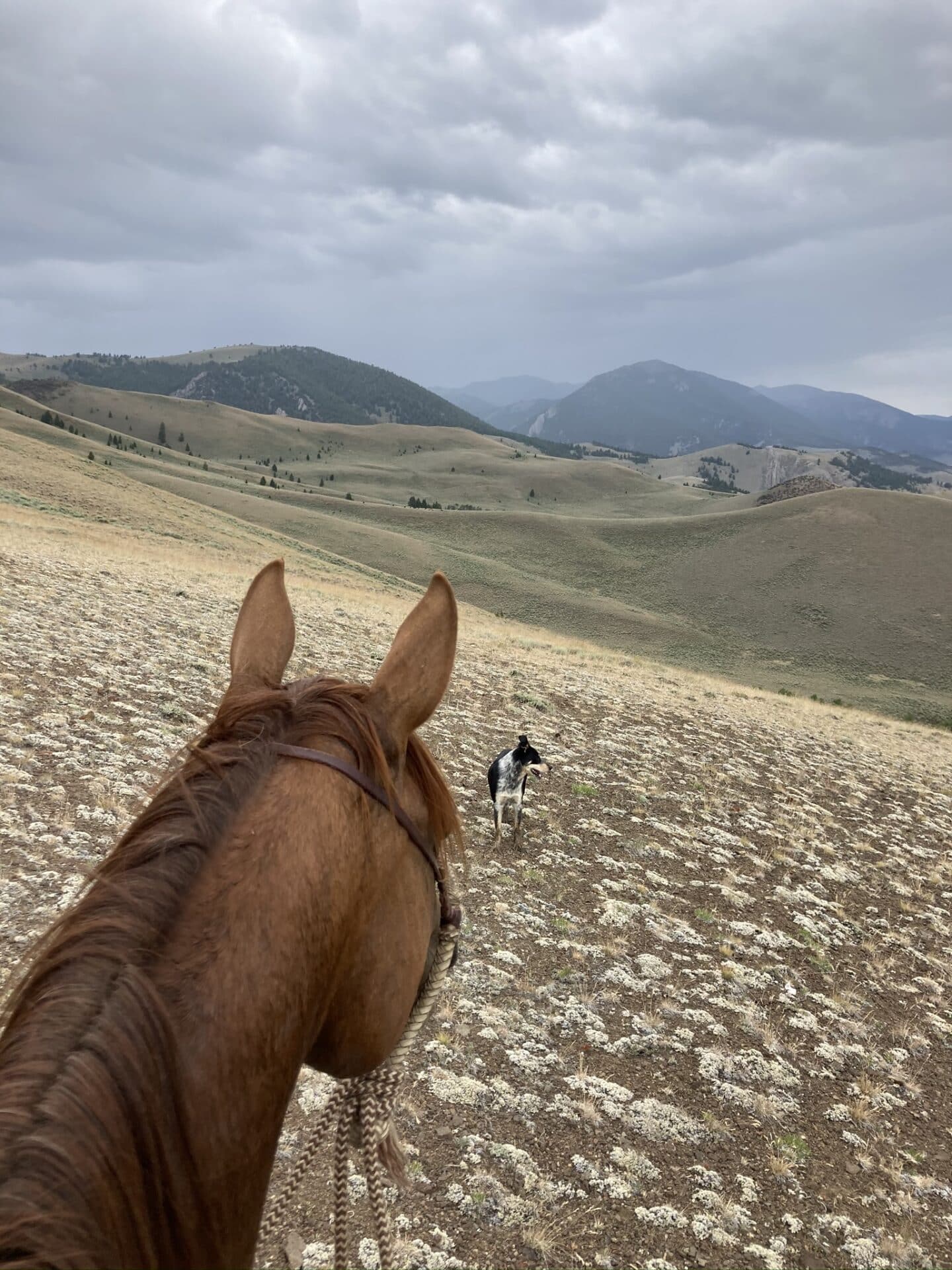
First Generation Outfit
But even with that, Morgan’s dream still wasn’t complete. He wanted a place of his own, with his name on the loan; a home place with deeded land. That opportunity quickly came about when a neighboring ranch came up for sale. “My folks and I leased it in 2017, bought it in 2018,” he says. “That’s how we got going, calling banks and borrowing a bunch of money to buy the place.” Even with their day jobs, his parents longed for the ranching life. “In the end, it took the entire family to make the ranch acquisition a reality.”
Since then, several other lease opportunities have come about, allowing him to expand even more, including more irrigated ground to grow hay. “And that’s where we’re at and how we got started,” he says. “So it’s really a first generation outfit.”
While it’s a first-generation ranch, it’s home to three generations of Morgans. His parents retired and moved to the ranch. “There’s only one house there, so I lived in a camper for three-and-a-half years down by the river with a generator and an outhouse.” Which was fine, he says, because he was a bachelor cowboy and they don’t have much use for indoor space.
But it wasn’t too many years before his bachelor status changed. He married his girlfriend in 2020 after she finished vet school and the couple upgraded from a camper to a single-wide complete with indoor plumbing. Cody and Casey welcomed the third generation on the ranch in early 2023 when their son was born. Now, they plan to build a house on the other end of the ranch in late 2023.
“So it’s the folks and my little sister who moved back from Texas,” he says. “We’ve got a guy hired and a high school kid helps run the swather and other equipment.”
Home to 700 Mother Cows
The outfit now runs about 700 mother cows on around 112,000 acres. Because he had to stock the operation, he bought cows from anywhere he could find them. “I’ve got cattle from all over the western states—Oregon, Idaho, Nevada, Wyoming, South Dakota. We had to go all over to find the right type of cattle,” he says. The herd is mostly black Angus “and we’ve got a few Red Angus and a few Herefords in there for fun,” he says.
Being a new operation and 100 percent financed in a time when land isn’t cheap means a careful study of where to spend and where to save is critical. “Starting out, we didn’t have a bunch of money for bulls. So I was able to locate some ranches that calve in the fall,” he says.
“Since their bulls aren’t being used in the spring when we need bulls, we’ve been able to work out some deals to lease those bulls and run black Angus, Red Angus and a few Charolais bulls.” After breeding season, the bulls are returned to their home ranches.
At the outset, the ranch didn’t have much infrastructure, so the cows calve on the hay ground irrigated by center pivots. Calving starts in March, after the worst of the winter weather is behind them and generally calve without a lot of hands-on attention. “If the cows are in good condition, I feel they can handle it,” he says.
"Nutrition is Everything"
That’s where he’s willing to spend a little extra to get a little extra. He started putting the orange Riomax tubs in front of his cows in 2022 and saw results that following winter, which turned out to be the longest winter on record for central Idaho.
Typically, before adding Riomax as a supplement, his cows were consuming around 32 pounds per head per day on average and as much as 50 pounds at peak lactation. That’s a lot, but winters are tough and “I don’t believe in letting cows get drawn down,” he says. “Nutrition is everything.”
With Riomax added to the mix, average hay consumption dropped to around 22 to 25 pounds and peak consumption dropped to 30 to 35 pounds per head per day “and they were leaving hay on the ground. That’s the lowest pounds per head we’ve ever fed.” He had a 96 percent breed-up running cows and bulls in big pastures, which he says is tremendous. The cows went into calving season in great condition “and the calves looked great.”
He weans from mid-September through October and backgrounds the calves on a VAC-45 or VAC-60 program before they’re sold on video through Superior Livestock Auction, for which is also a rep. In the western states, the difference between weaned and unweaned calves is about $11.50 to $12.50 premium, he adds, citing Kansas State University’s price analysis.
RELATED: The Predictive Performance Value Add Program
“In 2022, we weaned our heaviest calves. That’s partly due to adding Riomax and weighing them more accurately.” That’s because, prior to becoming a Superior rep, he didn’t have scales on the ranch.
The range starts drying out and getting rough beginning in September when he starts to turn the cows out on fall range. “They have to walk a mile or two from good feed to water and may drink every other day,” he says.
Yet, with a lot of miles to water and dry, tough feed, the cows not only stay in good condition with Riomax, he sees the animals actually putting on weight. “It makes them pretty efficient. It’s exciting to see them using the resource correctly and thriving out there, actually gaining body condition on tough fall feed.” Besides the hay savings, that’s the biggest benefit with Riomax, he says.
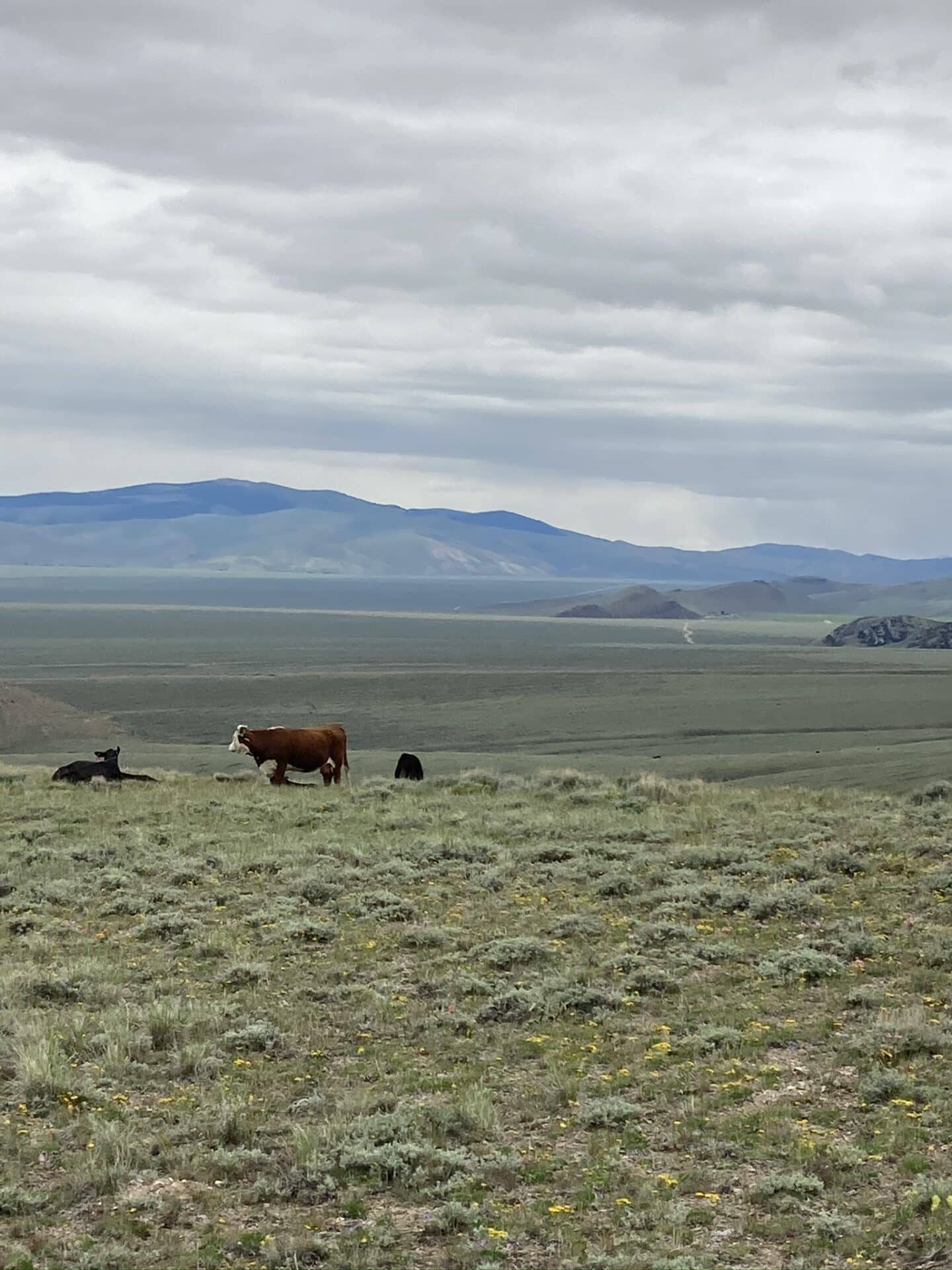
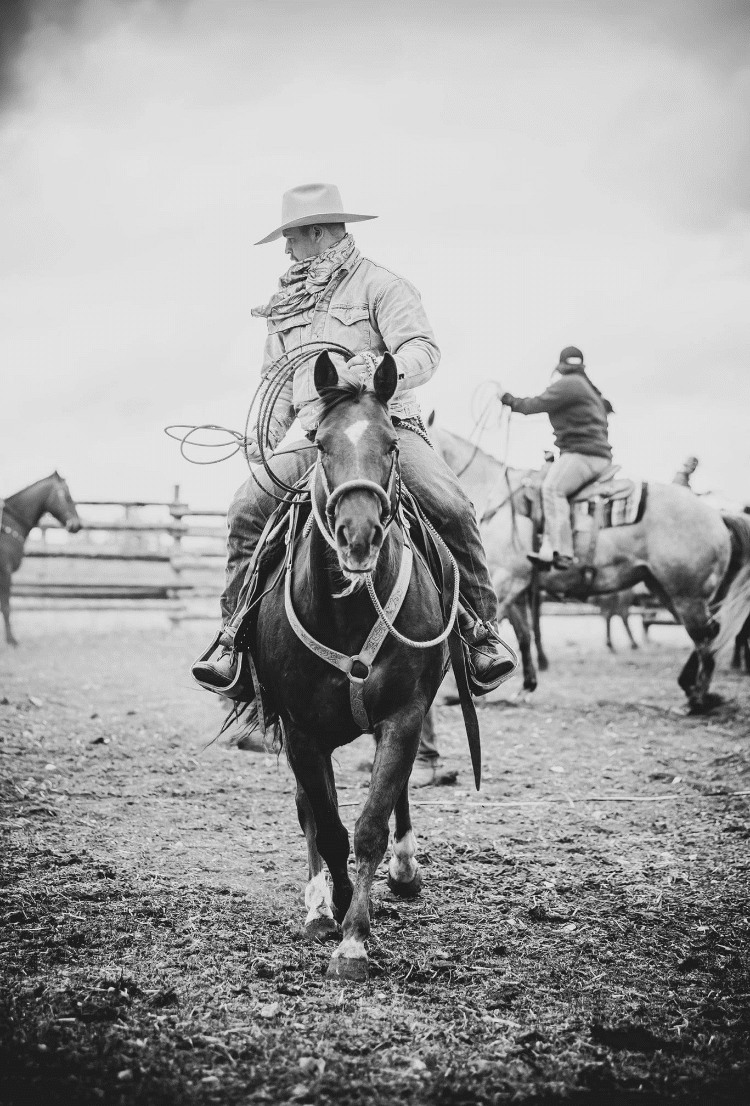
Advice to Others
Cody Morgan started as a high school kid who just wanted to be a cowboy. Now he’s running a ranch that puts him in the top 5 percent of operations in the country based on the number of cows. He learned a lot during that journey and willingly advises others with the same goal.
You’ll start at the bottom and probably won’t live in the best conditions, he says. Stay humble and learn everything you can from the more experienced people around you. “And be willing to do the things that nobody else wants to do,” he says, “and don’t wait to be told to do them. Look for things that need to be done and jump in.”
And realize there’s more to being a rancher than riding a horse and chasing cows. “Treat the land with respect and treat the cattle with respect,” he says. And think like an owner, not a hired hand.
In his mind, a good rancher is always looking for ways to grow the operation and make it better. That may mean doing things a little differently, like taking on investors or seeking other ways to make money from the resources you’re managing. “Play the long game,” he says, “and do something in your community to make your community better.”
In the end, however, it requires taking the risk and making a leap of faith. “Know your operation and know your plan,” he says. Then practice what he calls “extreme ownership”—“Take it on and own it.”


